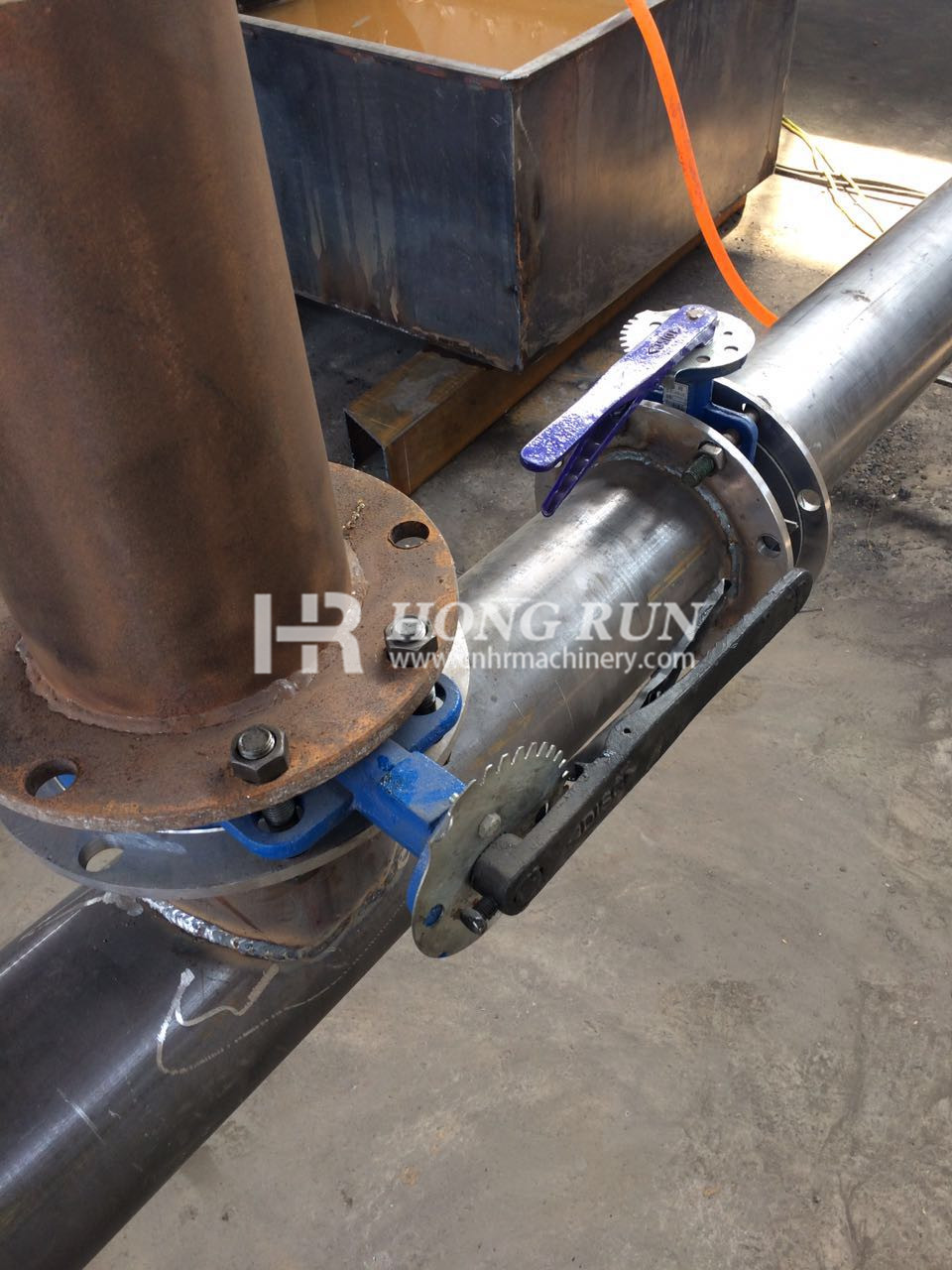Bagasse Carbonization Furnace

Bagasse carbonization furnace needs drying raw materials and then directly carbonized by the carbonization furnace. Gongyi Hongrun Machinery Continuous Carbonization Furnace is more energy-saving and environmental-friendly. It can not only carbonize bagasse, but also carbonize granular raw materials such as coconut shell, peanut shell, palm shell, fruit shell, rice hull, sawdust, sawdust, straw and hemp stalk, which are heated to below their ignition point temperature, so that they are not fully burned. Wood carbon powder formed.
Bagasse carbonization furnace is also called continuous carbon powder carbonization furnace. Hongrun bagasse carbonization furnace reasonably adopts the advanced technology of carbon monoxide, methane, oxygen and other combustible gases generated during the carbonization process: recycling, purification and cyclic combustion. That is to say, it solves the problem of environmental pollution caused by heavy smoke produced by ordinary carbonization furnace in carbonization engineering, and also solves the problem of heat energy required by equipment. It fully achieves self-sufficiency, improves the continuity and economy of equipment, makes full use of agricultural and forestry residues, turns them into treasures, alleviates the contradiction between supply and demand of forestry resources in China, and makes more contributions to greening environment.
Bagasse carbonization furnace is also called continuous carbon powder carbonization furnace. Hongrun bagasse carbonization furnace reasonably adopts the advanced technology of carbon monoxide, methane, oxygen and other combustible gases generated during the carbonization process: recycling, purification and cyclic combustion. That is to say, it solves the problem of environmental pollution caused by heavy smoke produced by ordinary carbonization furnace in carbonization engineering, and also solves the problem of heat energy required by equipment. It fully achieves self-sufficiency, improves the continuity and economy of equipment, makes full use of agricultural and forestry residues, turns them into treasures, alleviates the contradiction between supply and demand of forestry resources in China, and makes more contributions to greening environment.

Principle of bagasse carbonization furnace
This machine is equipped with biomass gasifier, flue gas purifier, fan, self-propelled gas burner, carbonization furnace and other equipment. The bagasse carbonization furnace adopts the dry distillation carbonization mode, making full use of the combustible gases such as carbon monoxide, methane and hydrogen produced in the carbonization process, separating wood tar and lignocellulose through the flue gas purification system to obtain pure combustible gases, and then fully burning through the self-matching air burner to heat the high temperature carbonization pipeline (the temperature is generally controlled at about 600 C).
There are four layers of pipes inside the carbonization furnace from top to bottom, two layers of preheating and drying pipes, the third layer of low temperature carbonization pipes, and the fourth layer of high temperature carbonization pipes. On the second floor, there is an independent exhaust pipe which mainly discharges water vapor. The pipe dries the material by using the waste heat in the furnace, and the water vapor is discharged from the exhaust pipe. The third and fourth layers are also equipped with independent flammable gas recovery pipelines, which carbonize materials at high temperature and decompose flammable gases such as carbon monoxide, methane and hydrogen. The pipelines are heated by recycling pipelines, flue gas purification system and burner combustion to achieve the effect of reciprocating cycle heating and carbonization. The primary ignition gas source of carbonization is supplied by biomass gasifier.
This machine is equipped with biomass gasifier, flue gas purifier, fan, self-propelled gas burner, carbonization furnace and other equipment. The bagasse carbonization furnace adopts the dry distillation carbonization mode, making full use of the combustible gases such as carbon monoxide, methane and hydrogen produced in the carbonization process, separating wood tar and lignocellulose through the flue gas purification system to obtain pure combustible gases, and then fully burning through the self-matching air burner to heat the high temperature carbonization pipeline (the temperature is generally controlled at about 600 C).
There are four layers of pipes inside the carbonization furnace from top to bottom, two layers of preheating and drying pipes, the third layer of low temperature carbonization pipes, and the fourth layer of high temperature carbonization pipes. On the second floor, there is an independent exhaust pipe which mainly discharges water vapor. The pipe dries the material by using the waste heat in the furnace, and the water vapor is discharged from the exhaust pipe. The third and fourth layers are also equipped with independent flammable gas recovery pipelines, which carbonize materials at high temperature and decompose flammable gases such as carbon monoxide, methane and hydrogen. The pipelines are heated by recycling pipelines, flue gas purification system and burner combustion to achieve the effect of reciprocating cycle heating and carbonization. The primary ignition gas source of carbonization is supplied by biomass gasifier.


